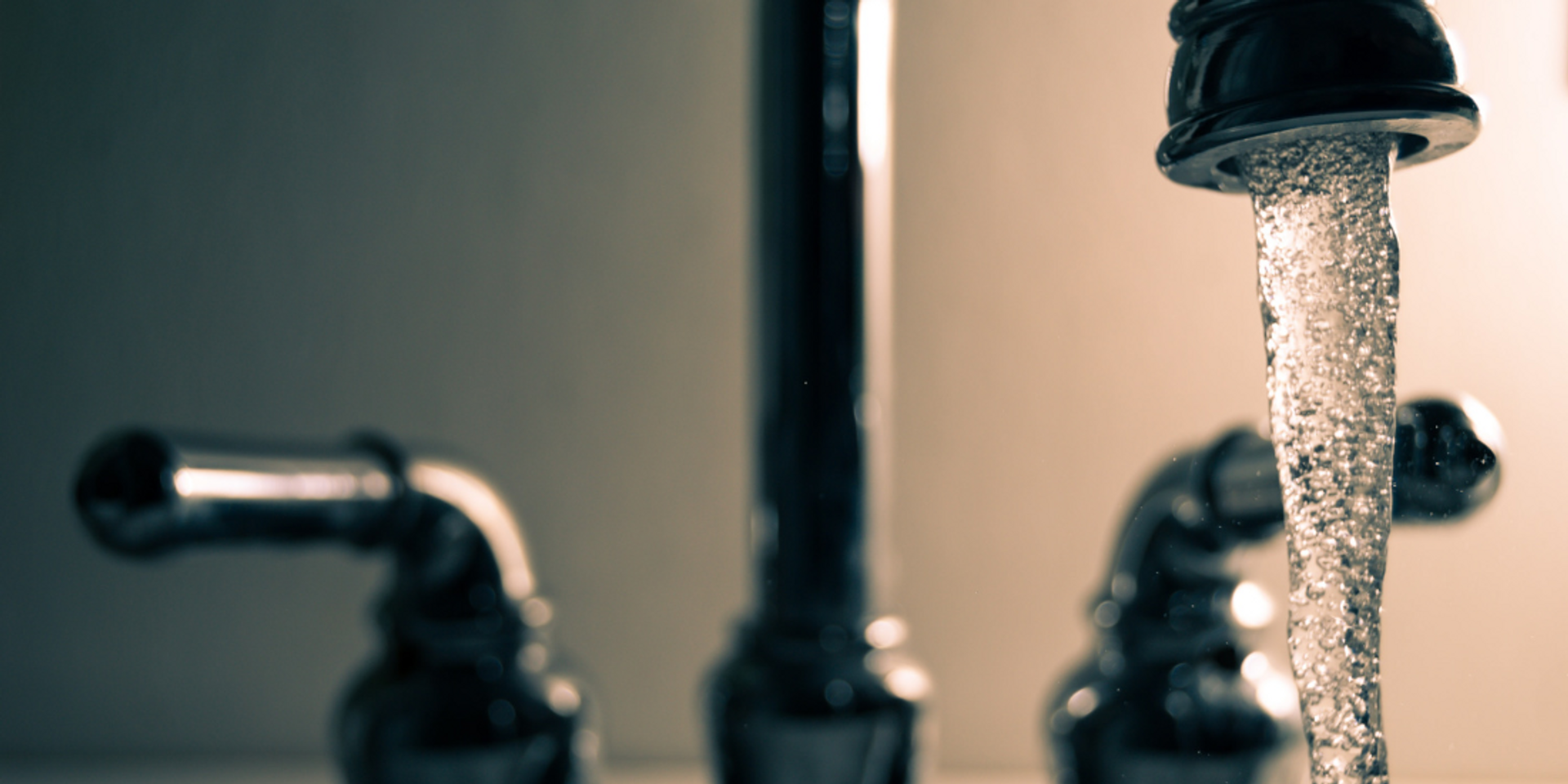Regulations and Standards
Standards for drinking water in public water systems are established and enforced by the Environmental Protection Agency (EPA). The EPA’s regulations are based on the health concerns associated with exposure to contaminants in water, such as lead, toxic chemicals, microbiological pathogens, disinfectants, and disinfection byproducts. Public water systems are required to test their water on a regular basis and communicate the results to the public under the Safe Drinking Water Act (SDWA). A violation of a drinking water standard or a health concern from the water must be disclosed to the public, according to the SDWA.
Most people agree that the EPA’s requirements are some of the strictest in the world. Other critics counter that there are gaps and loopholes in the regulation and enforcement of drinking water, and that the standards are not stringent enough to protect the public health. Examples of pollutants that are not currently addressed by regulations include medicines and microplastics. Some towns also have obsolete or insufficient water distribution and treatment systems, which can cause issues with water quality.
Local Variations
The quality of tap water can differ significantly across the nation and even within a state or city, in spite of federal laws and standards. Variables that can affect the quality of tap water include the source of the water, the treatment process, the distribution system, and the age and condition of the pipes in the residence. For instance, surface water from lakes and rivers may be contaminated to a greater extent than groundwater. Water treatment facilities may employ a variety of techniques and chemicals, which can have an impact on the water’s flavor and odor as well as the levels of pollutants. Poorly built or maintained distribution systems can make it possible for contaminants to infiltrate the water, such as bacteria from cross-connections or lead from ancient pipes. Even the plumbing supplies used in houses and other structures can have an impact on the quality of the tap water, particularly if they include lead or other harmful metals.
Conclusion
In conclusion, the issue of whether tap water in the United States is safe to drink is complicated and situation-specific. While federal laws and standards offer some level of protection, local variables and circumstances can have an impact on the quality of tap water. People and communities must take appropriate steps to ensure the safety of their tap water, such as using a water filter, conducting routine water tests, and advocating for better water infrastructure and regulations. It is crucial that people and communities are knowledgeable about the quality of their tap water. Although drinking American tap water is typically safe, it is always advisable to take extra precautions for your health and wellbeing.

